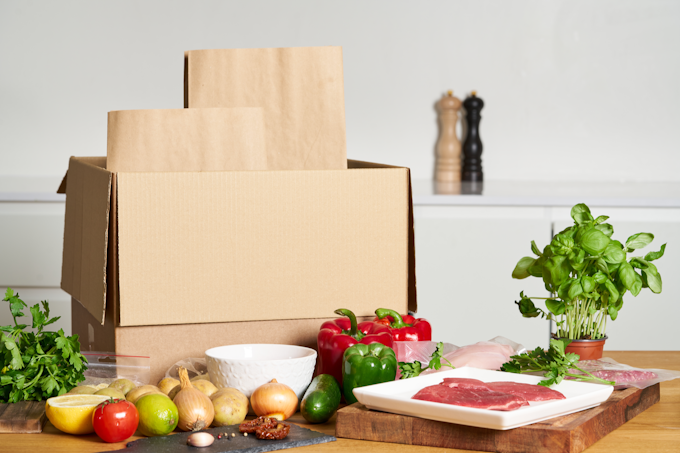The Food Packaging Shortages
The food and drink industries were greatly impacted by the pandemic which led to packaging shortages. There were aluminium shortages from the closing of recycling operations and flavouring shortages affected some drink companies. Some wine deliveries have not been able to deliver wine on time because of the unexpected shortage of cardboard. This is on top of the recent shortages caused by a range of factors including Covid-19 and Brexit, which has seen mass shortages in corrugated cardboard as mentioned, wood and steel for pallets, and oil derived products for adhesive tapes.
The shortages of corrugated cardboard, dubbed ‘the hunt for beige gold’, even led to some retailers having to switch back to plastic solutions. For instance, home baking became so popular during the pandemic that corrugated egg boxes were switched to plastic to simply keep up with demand.
Covid-19 has not only affected food packaging, but also workers available and this continues to be the case. 78% of food and drink firms have said they did not expect to have limited workers in 2021, while more than one third have experienced chronic shortages. They do not expect to meet client demands for the 2021 summer peak.
It has been said that shortages to the labour supply have already begun to impact the UK Poultry Industry, with the British Poultry Council (BPC) reporting a 10% decrease in throughput because of a shortage of workers across farming and processing.
Sustainable food packaging took a hit
One of the key trends in recent years was sustainability and limiting the amount of single-use plastic packaging we use. However, once the pandemic hit, sustainability in packaging ended up taking a back seat. For example, last year The Department for Environment Food & Rural Affairs (Defra) pushed back the ban on plastic straws, stirrers, and cotton buds until October.
The food and drinks sector had to reconsider its approach to using reusable or refillable packaging that could carry transmission risks. One in three consumers believed that Covid-19 could be spread by boxes and packaging received from other countries.
This led to businesses having to use expanded polystyrene (EPS) foam because it was all that was available and caused the less impact on budget. As previously mentioned, with home baking becoming increasingly popular, it meant some retailers had to switch corrugated egg boxes to plastic ones in order to keep up with the demand.
When it comes to sustainable packaging, at Swiftpak, we recently launched our new sustainable Vegan Thermal Liner, an insulating, climate-neutral and eco-friendly packaging solution for food products. With over 48 hours of internal temperatures, high shock absorption, and a positive CO2 balance, the Vegan Thermal Liner is ideal for shipping food that requires a temperature-controlled environment.


